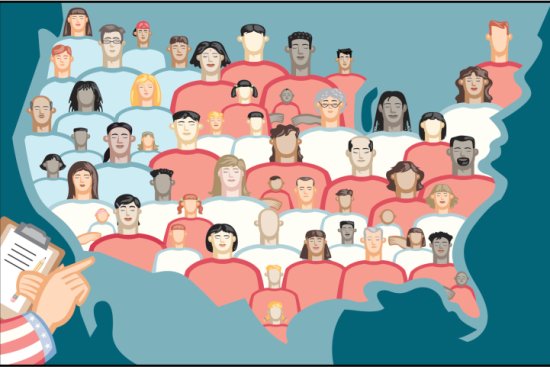
Population growth and migratory patterns show a changing nation.
U.S. Census population figures released Thursday provide a glimpse of the nation’s hot (and cold) spots.
In a three-year span from mid-2010 to mid-2013, the U.S. had a natural population increase of 4.7 million people (that is, the number of births minus the number of deaths). Coupled with a net migration increase of some 2.7 million people, the country’s population jumped 7.4 million to an estimated 316 million.
Not all metro areas are growing at the same clip, however. Some are pulling ahead by drawing more immigrants or by luring residents of other regions with the promise job opportunities.
Which are the boomtowns? That depends on how you filter the data, but here are the highlights:
North Dakota metros surge
The state’s oil boom has bolstered some metro areas by double-digit percent growth. With a 31% population increase, Williston, N.D., beat out all U.S. metros by percent change. Nearby, the Dickinson, N.D., metro area grew 16%. All other U.S. metro areas fell in line thereafter.
“Any time before 2008, North Dakota had out-migration decade after decade,” says Kevin Iverson, Manager of North Dakota Census office. “People were leaving for economic opportunities outside the state.” But more recently, he says, the oil industry has bolstered both population and per-capita income in the western regions of the state. In the last three years, he adds, 38 of the state’s 53 counties have grown. Roughly half of the influx is from Minnesota.
[time-brightcove not-tgx=”true”]
Puerto Rico falls behind Where are residents moving away? Four of the ten U.S. metro areas with the greatest population losses (by number of people) are in Puerto Rico. Some of the population decline is attributed to lower birth rates on the island. But the more significant loss stems from a battered economy and pervasive crime – two factors that push out professionals, students and middle-class families to mainland states like Florida and Texas.

Texas draws a crowd Slice population data by migration (who’s moving in, domestically or internationally) and Texas metros top the charts. By total net migration, the Houston area drew some 205,000 people. Dallas came in third and Austin fifth among all U.S. metro areas. While foreign immigrants have bolstered the Lone Star state’s headcount, U.S. residents from all over the country – lured by job opportunities and lower taxes – have contributed to the surge.

Big metro areas stay on top By sheer influx of people, Houston, Dallas, New York, Los Angeles and Washington top the charts. Seven metro areas netted more than 200,000 people. San Francisco, Seattle and Phoenix, among others, also saw six-digit growth in the last three years.
